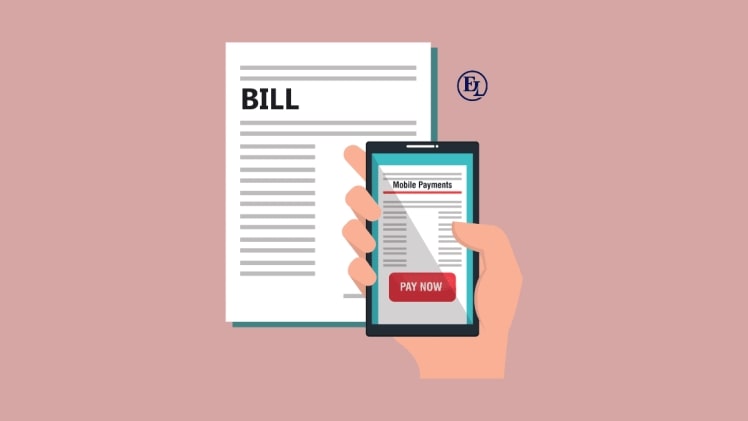Traditionally, B2B payments have been processed through paper checks. These are a convenient way to receive payments and are easy to track on a paper or electronic statement. Credit cards also give a business access to extra funds, and many of these types of transactions are electronic. Nonetheless, paper checks have their limitations, and some partners prefer to avoid them altogether. Read on to learn how to properly handle B2B payments.
Unlike a B2C transaction, a B2B payment involves an exchange of goods or services between two businesses. These transactions are far more complicated than B2C ones, as they usually involve multiple people. Payment cycles for B2B transactions can last anywhere from 30 to 90 days, and they are often based on checks. In the latter case, a buyer will issue a check to the seller’s bank. This check is then presented to the seller’s bank for payment.
While cash payments are a traditional method, they aren’t the most convenient option. For example, many companies don’t want to wait for the payment to clear before they can complete the transaction. Also, if the payment is made by check, the buyer may become frustrated with the process and take his business elsewhere. If the transaction is delayed, the seller has spent human resources initiating the transaction and has now lost a sale. Credit cards are the most commonly accepted payment option online. While they may be convenient, they do not provide the best option for B2B payments.
Although B2B payments are still considered to be a complicated process, they are more secure than ever. Digital payment systems have many benefits for customers and software developers alike. They can improve business processes, reduce costs and increase payment security. Using virtual credit cards to make payments is a great hedge against credit card fraud. It’s also a convenient way to send money between partners, as companies can issue virtual credit cards and charge the funds to their account.

